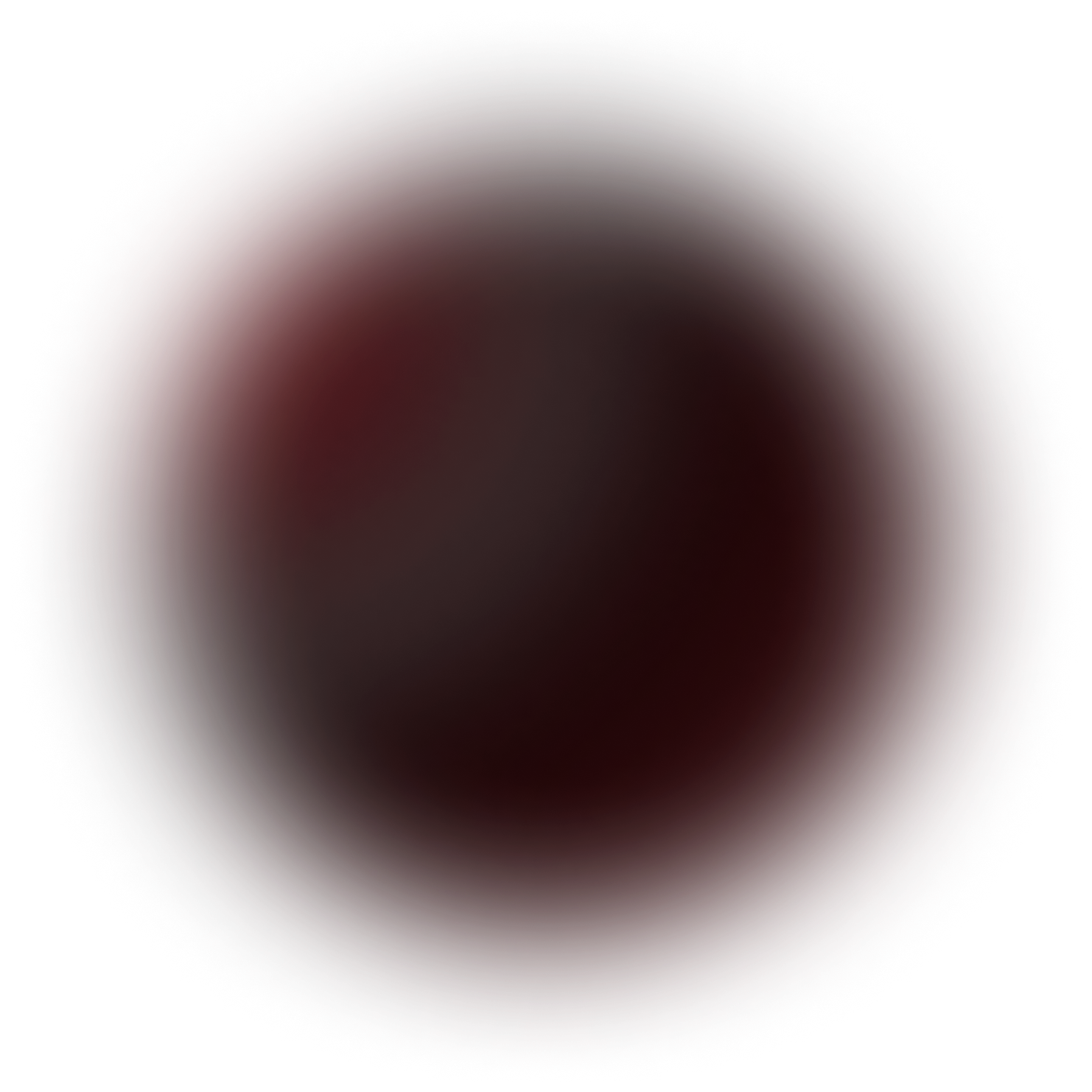
Indian - Samosa Chaat (1 grams)
Afternoon Snack
135 mg/dL
avg. peak value
Usually causes a medium spike
Avg. Food Score on Ultrahuman App
Ultrahuman Users got an UNSTABLE response
Other related foods
- fried whole wheat puri or poori bread indian puffed bread
- aloo sabzi fried whole wheat puri or poori bread indian puffed bread
- indian paneer cheese
- english indian filter coffee
- english indian bhelpuri
- english indian pongal rice
- english indian fox nuts
- english indian paneer roll
- english indian chole bhature
- english indian vegetarian thali
How to consume Indian - Samosa Chaat without glucose spikes
Portion Control
Limit the quantity of Samosa Chaat you consume in one sitting to reduce the total carbohydrate intake.
Increase Fiber Intake
Pair your meal with a side of leafy greens or a salad to help slow down the absorption of sugars. Foods like spinach, kale, or mixed greens are great options.
Add Protein and Healthy Fats
Include a source of protein like grilled chicken, tofu, or chickpeas, and healthy fats like avocado or nuts, which can help moderate blood sugar spikes.
Choose Whole Grains
Opt for whole-grain options for the chaat components, such as whole wheat samosas or adding brown rice, to add more fiber and nutrients.
Incorporate Non-Starchy Vegetables
Add more non-starchy vegetables to your chaat, such as cucumber, tomatoes, and bell peppers, to increase volume and nutrients without significantly impacting blood sugar levels.
Moderate Use of Tamarind Sauce
Use tamarind sauce sparingly as it can be high in sugar, or opt for a homemade version using less sugar or a sugar substitute.
Hydrate Before Meals
Drink a glass of water before your meal to help you feel full and reduce the urge to overeat.
Slow Eating
Eat slowly and mindfully to give your body time to signal when you are full, which can help prevent overeating and large blood sugar spikes.
Physical Activity
Engage in a short walk or light physical activity after meals to help manage blood sugar levels more effectively.
Monitor and Adjust
Keep track of your blood glucose responses to different foods and adjust your diet accordingly, focusing on the foods and combinations that work best for your body.

Discover
metabolic
health with M1
Ultrahuman M1 helps you measure the impact of food and activity on your body in real time through glucose as a biomarker.
Explore Ultrahuman M1Find Glucose response for your favourite foods
Explore OGDbYour cart is empty
Browse through our products and find something for you.
